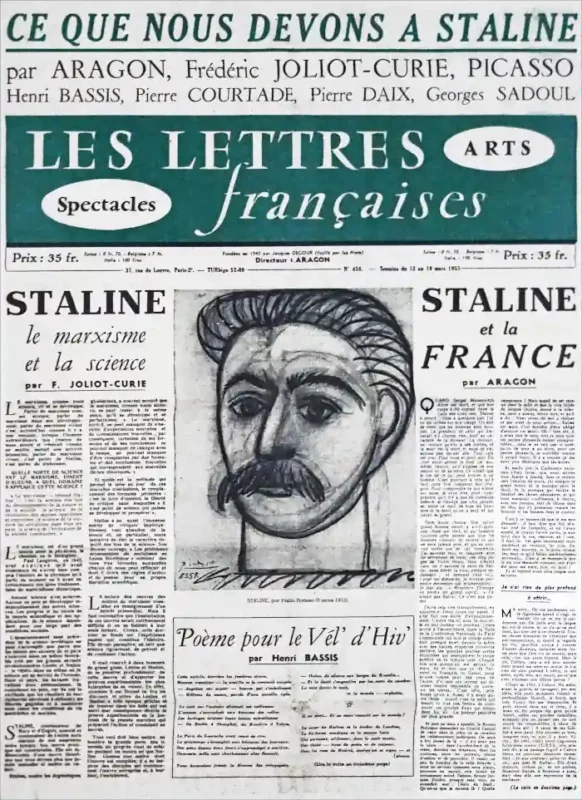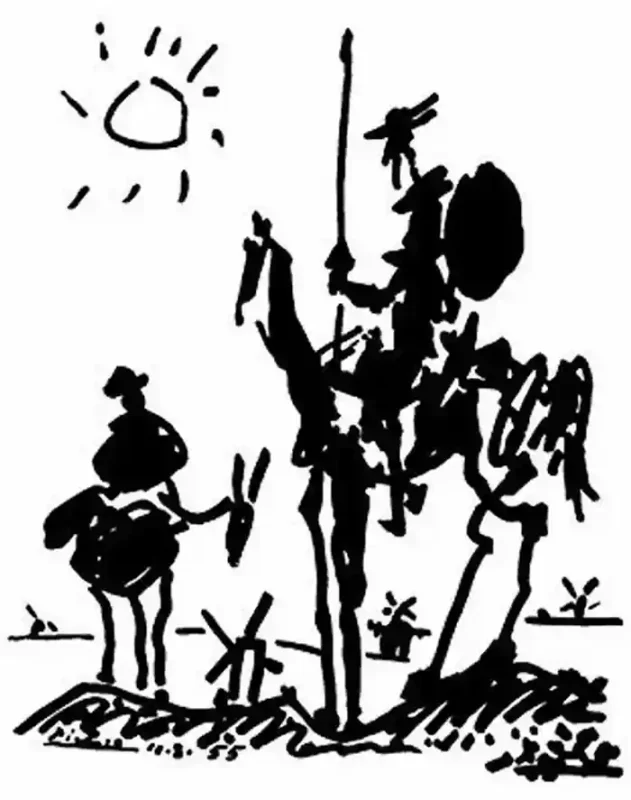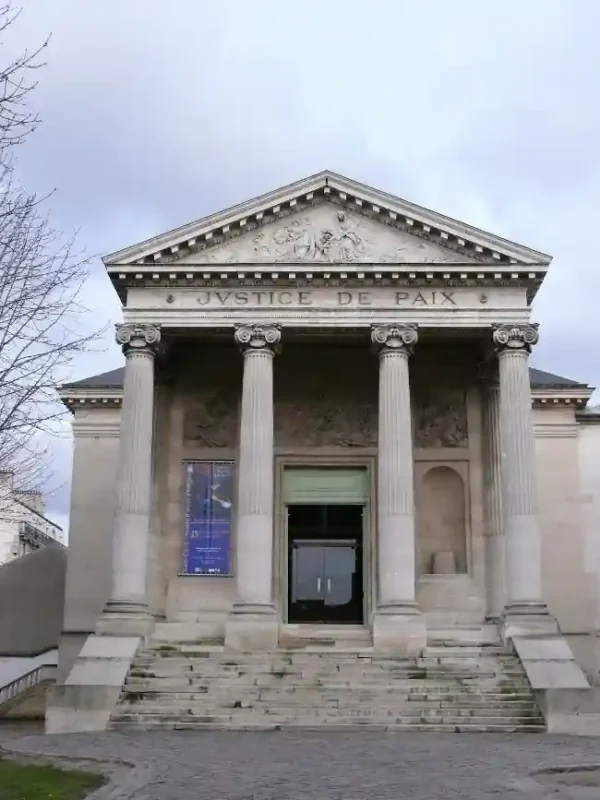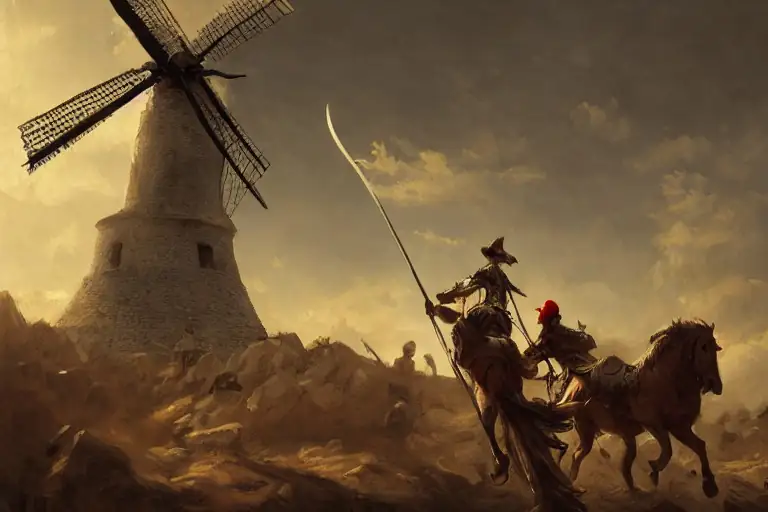Picasso was a pioneer in the world of art and is considered one of the most innovative and original artists who ever lived. Throughout his life, he tried out new looks and color palettes, some of which were part of his “Blue Period,” “Rose Period,” and “Cubist Period.” Why did he sketch Don Quixote, a sketch that uses a very different style from his other popular works? What themes and symbols does this sketch represent?
Pablo Picasso created the drawing of Don Quixote in 1955 as a tribute. This tribute was to both the book and the knight. The sketch was published in the August 18–24 issue of the French weekly Les Lettres Francaises.
The magazine editor asked Picasso to mark the 350th anniversary of the publication of the first part of Miguel de Cervantes’s novel Don Quixote in 1605. Additionally, there is a claim that, in 1947, Picasso gave a pilot who delivered a letter to his dying mother in war-torn Barcelona an original oil painting on canvas of Don Quixote.
When Picasso’s famous painting “Don Quixote de la Mancha” appeared on the front of a French magazine, it gained international recognition. Read on to find out why Picasso made this famous piece of art and what hidden messages he was trying to send as we look at the themes and symbols he used.
Background: Why Did Picasso Draw Don Quixote
Table of Contents
“Don Quixote de la Mancha” was published on the cover of a French magazine celebrating the 350th anniversary of the book’s publication. Don Quixote, a novel by Miguel De Cervantes, is often called the first modern novel and one of the best works ever written. It is one of the books that has had the most translations.
French literary journal Les Lettres Françaises was interested in commissioning a piece to promote the 350th anniversary of Cervantes’ Don Quixote de la Mancha. The invitation was extended by Picasso’s friend and biographer, Pierre Daix, who came to his home in Cannes, France, on August 10, 1955. The cover of Les Lettres Françaises featuring Picasso’s “Don Quixote de la Mancha” was published a week later. [1]

The sketch became quite controversial since there was a debate about whether Picasso painted the original in 1947 for a Spanish pilot, or if he drew the original in 1955 for the magazine. Here are some fast facts about the controversy:
- The Spanish pilot delivered letters to Picasso’s mother in war-torn Barcelona. He complied with Picasso’s request to continue, and he delivered on other occasions throughout the following year, up to Picasso’s mother’s death in 1939.
- The pilot claimed that, in return for his service, in 1947, Picasso gave him Don Quixote as a sign of gratitude for his service.
- The pilot claimed that Picasso said the painting symbolized the pilot’s knight-like qualities following Quixote’s example.
- The pilot decided to sell the painting after Picasso’s death.
- The pilot first enquired about selling the artwork at auction by contacting Sotheby’s in Palm Springs, Florida, but they were suspicious about the authenticity of the painting so they disregarded his request.
- The museum, Picasso’s friends, as well as Claude Picasso, Pablo’s son, claim that the work the pilot has is a forgery.
- The pilot went to great efforts to authenticate the story and painting; he reached out to different museums and was directed to another museum until he had fallen ill.
- The pilot filed a court-approved affidavit testifying to his version of events and the validity of his claim that the Picasso painting was authentic.
- There are photos from before the drawing existed that leave the debate open and the pilot’s story plausible.
- Despite 36 years of investigation, the case is still open because the authenticity of the picture has not been widely agreed upon by scholars and art experts.
Since Pablo Picasso had already passed away, he could not authenticate the pilot’s story. Explore the process used to authenticate Picasso paintings and his legacy, estate, and net worth.
What Does Don Quixote Represent? Symbolism and Themes
Don Quixote is a chivalrous knight. He is the main character in Don Quixote, a book written in Spain in the 1600s by Miguel de Cervantes. He is noble in character, taking pride in his honesty, and dignity. He has the idealistic drive to save the world. At the beginning of the story, Don Quixote seems silly and alone, but by the end, he has grown into a charming old man who has lost his youth and wit. [2]
The other famous characters from the novel – Sancho Panza and the horse Rocinante, are also depicted in Picasso’s artwork. Don Quixote is sitting tall and firm on top of his horse Rocinante Sancho is also perched atop his trusty donkey, gazing up in admiration at Don Quixote. The two appear to be engaged in conversation, a recurring theme throughout the book.

The entire painting is in black and white, which may represent the protagonist’s views on the world. His morals are simple. Don Quixote is a true visionary; he defies convention at every turn. Regardless of what others might have thought, he lived his life with honesty and passion. The depiction of this in Picasso’s work is definitely one of his more light-hearted pieces.
Another light-hearted painting series is Picasso’s Three Musicians. Discover the touching tribute behind the identities in Picasso’s Three Musicians paintings.
If the pilot’s story is true, Don Quixote might represent the pilot and his honorable actions. Like the character in the novel, the pilot, based on his claims, had heroic efforts throughout the war. Picasso also allegedly told the pilot that he chose the subject manner because it reminded him of the long, hard fight he had been in during the war.
Where is Don Quixote Located?
The original sketch is in the Art and History Museum or The Musée d’Art et d’Histoire in Saint-Denis, France. It is an art and history museum. The museum first opened its doors to the public in 1982, and it is housed in a cloister that was originally built in 1625 for the Carmelite order. [3]

If the pilot is telling the truth, then the original painting is the one given to him in 1947. Given that his claims are real and accurate, the gift that he received from Picasso is the original one and the first painting of Don Quixote by Picasso that ever existed.
There are some art critics in Georgia who claim the original drawing was found in a home in Tbilisi, Georgia. Dali Lebanidze, a scientist at Georgia’s G. Chubinashvili National Center for Art History Research and Fixation, and other Georgian art experts said in July 2010 that they had found the long-lost original drawing of the design that had been in the French magazine in the home of a family in Tbilisi. [4]
Since the Don Quixote drawing was a tribute it has a unique style from Picasso’s other artworks. Learn about Picasso’s early style in my complete coverage of Picasso’s Blue Period.
Get Notified When We Publish Similar Articles
Frequently Asked Questions (FAQs)
References
- “The Journey to Authenticate Pablo Picasso’s ‘Don Quixote De La Mancha.’” Nick Borner: Writer, 6 July 2017, https://nickborner.wordpress.com/2017/07/06/the-journey-to-authenticate-pablo-picassos-don-quixote-de-la-mancha/.
- Sparknotes, SparkNotes, https://www.sparknotes.com/lit/donquixote/characters/.
- “Museum of Art and History in Saint-Denis.” Museum of Art and History in Saint-Denis | Chemins De Mémoire, https://www.cheminsdememoire.gouv.fr/en/museum-art-and-history-saint-denis.
- Dali, Lebanidze. “Picasso’s Don Quixote Found in Georgia.” Georgia Today 16/07/2010, Print.


